Lonely. Flat. Hot.
If that’s what comes to mind when you think about West Texas travel, think again.
Lonely? That means uncrowded roads. Flat? The better to view the region’s many mountains rising from the Chihuahuan Desert floor. Hot? OK, yes, in summer. This is Texas after all, but you’ll find temperate weather in spring and fall. (Winter is another matter. From November to March, freezing temperatures bringing ice and snow make a road trip not the best idea.)
During the rest of the year, far West Texas is perfect for a road trip.
The main reason travelers come here is to visit Big Bend National Park, one of the crown jewels of national parks in the USA. Visitors often drive straight through to the park, but there are several towns and scenic roads well worth some extra miles along the (long) way there.
To make the most of your trip, ignore your map app’s shortest route and take the long way round. What’s a few more hours when you can see landscapes like no others, experience world-class art and drive alongside the Rio Grande? The bonus: You get more time to marvel at that big Texas sky.
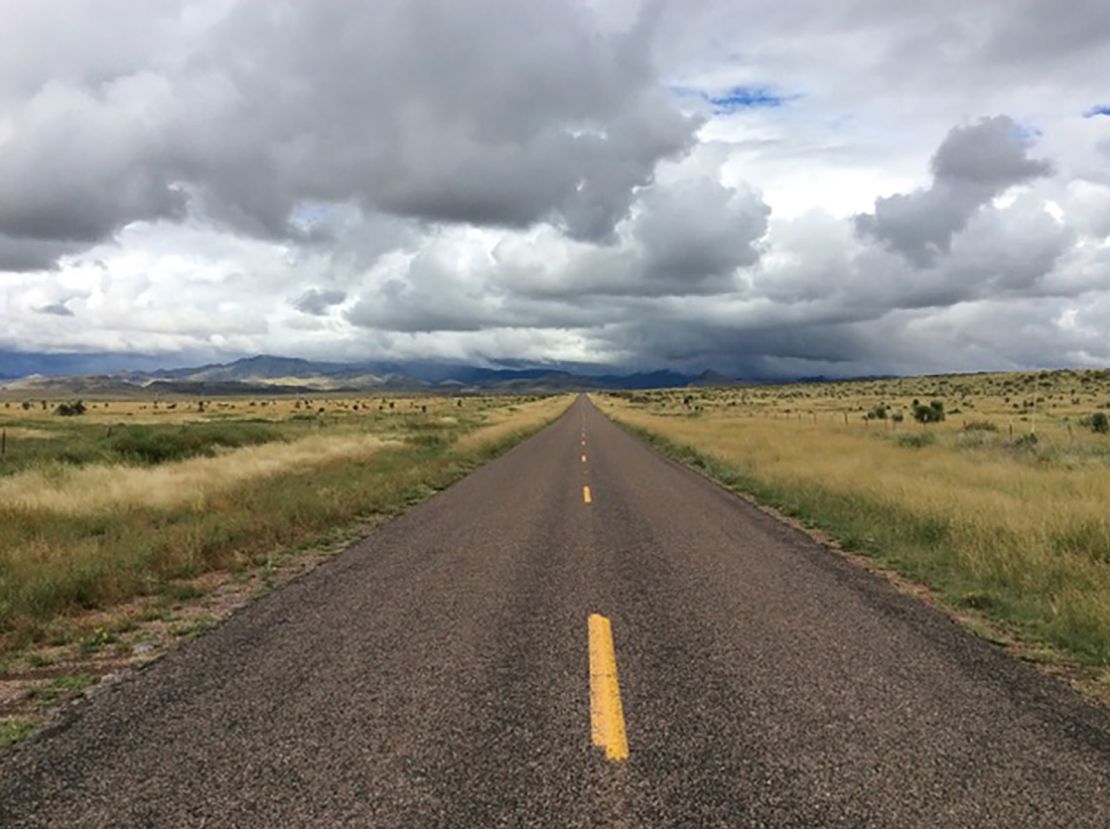
Taking the long way also means you have more chances to see the well-known “usual” sites plus the less-visited “more unusual” places to stop. We’ve mapped out this itinerary to give you a glimpse of both.
A few tips before you head out: Wifi is spotty, so download maps from your app or go old school and pick up a Texas road map. Fill up on gas whenever you can, and definitely pack food and water. There are long stretches without any of that.
There are also long stretches without any local radio, so think about queuing up some podcasts. Finally, don’t be tempted to get out of the car and wander around from the side of the road. The vast majority of this land is privately owned, so you’d be trespassing.
The route
If you’re flying into Texas for a trip to Big Bend, Austin and San Antonio are good places to start if you want to drive west. El Paso is where to start if you’re driving east.
Either way, you’ll take Interstate 10 to start this trip. From I-10 at Fort Stockton, you’ll head south to stop at Alpine, Marfa and Fort Davis. Then you’re on your way to Terlingua and Big Bend National Park. Far West Texas is not a place to rush through, but spending three days on the way to Big Bend National Park should be about right.
Alpine
Home of Sul Ross State University, Alpine is a small college town surrounded by beautiful scenery and blessed with some of the friendliest folks in Texas. It’s called the gateway to the Big Bend because there are a few different ways to get there from here.
How to get there
On Interstate 10 just west of Fort Stockton, pick up US 67 heading south.
The usual sights
A tour and a taste at Big Bend Brewing Company is a favorite for craft beer fans who enjoy Hefeweizens and pale ales as well as seasonal and specialty brews like a dark chocolate porter. At Ritchey Wine Saloon and Beer Garden, wine fans who want to sample the fruits of Texas’ burgeoning wine industry can find bottles from the Fredericksburg area in the Texas Hill Country. It’s also a great place to chat with friendly locals and listen to music outside.
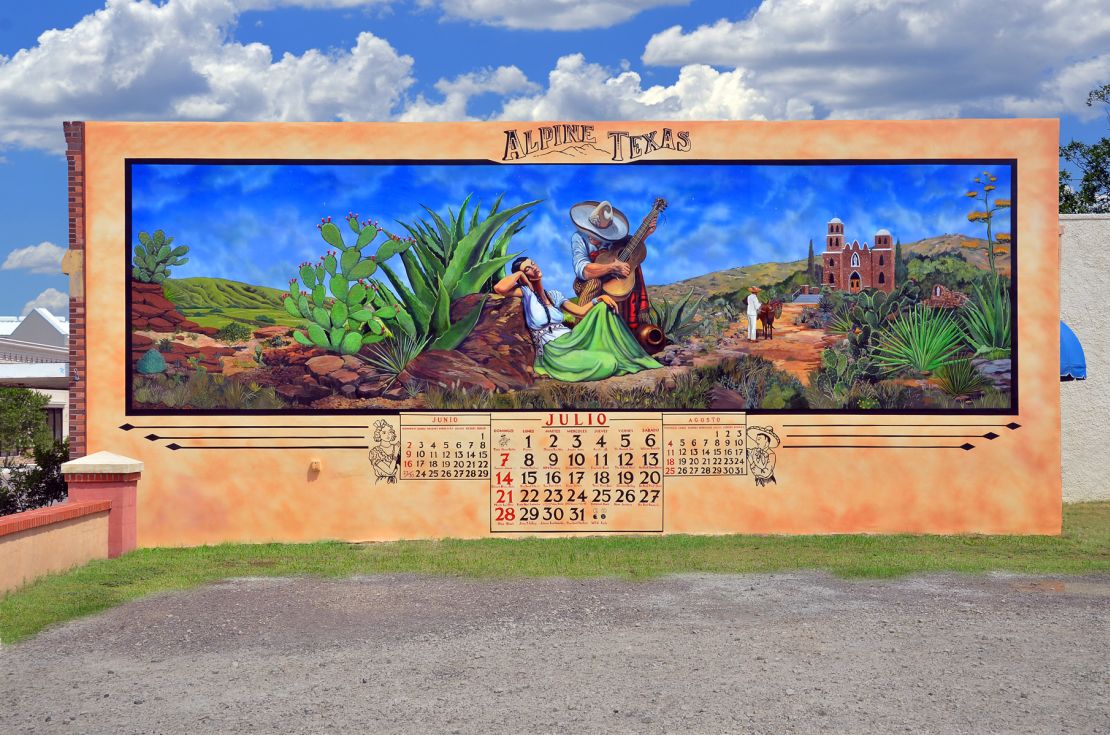
You can walk off those beer and wine calories with a walking tour of Alpine’s colorful murals depicting the history and culture of the area. For history and geography buffs, the Museum of the Big Bend should be on the itinerary.
The more unusual
Lovers of the quirky can take the short hike up to “The Desk.” In the 1980s, three Sul Ross State University students wanted to study in the fresh air, so they dragged a large, bulky desk up a hill behind the school, leaving a notebook inside. Visitors leave messages in the notebook, which, like the desk, is periodically replaced. Be sure to leave a message, too.
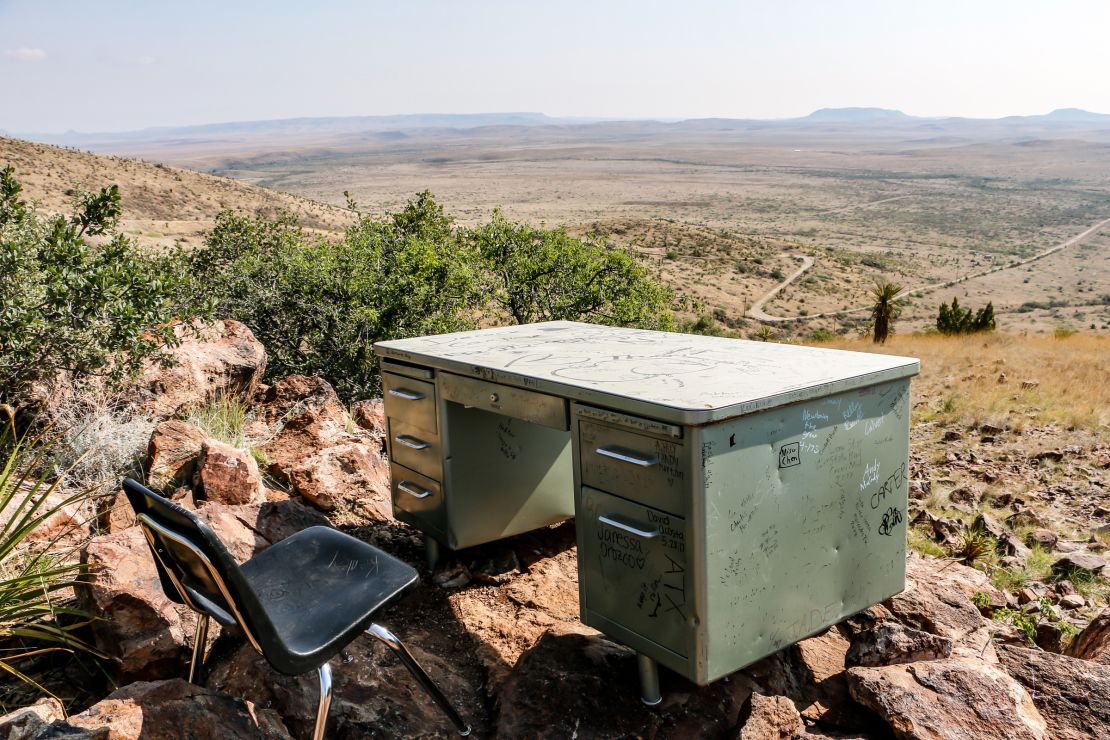
The university’s official directions to find the desk from campus: Take Entrance 4, drive to the top, turn left and park at the highest point behind Mountainside dorm. Look for a trail heading uphill and continue climbing to a rock pile at the top and then follow the trail to The Desk. Allow 20 minutes for the hike from the parking lot.
Bonus: Also look for the bike tree.
Big Bend Brewing Company, 3401 US 90 West, Alpine, TX 79830, (432) 837-3700
The Ritchey Wine Saloon and Beer Garden, 102 East Murphy Ave., Alpine, TX 79830, (432) 244-7560
The Museum of the Big Bend, Sul Ross State University, (432) 837-8143
Sul Ross State University, US 90 East, Alpine, TX 79832 (432) 837-8011
Marfa
Tiny, one-stoplight Marfa is the most famous town in far West Texas. It’s an international art mecca where you might see working cowboys eating Tex-Mex food alongside art collectors from all over the world.
How to get there
From Alpine, head west on US 67/US 90.
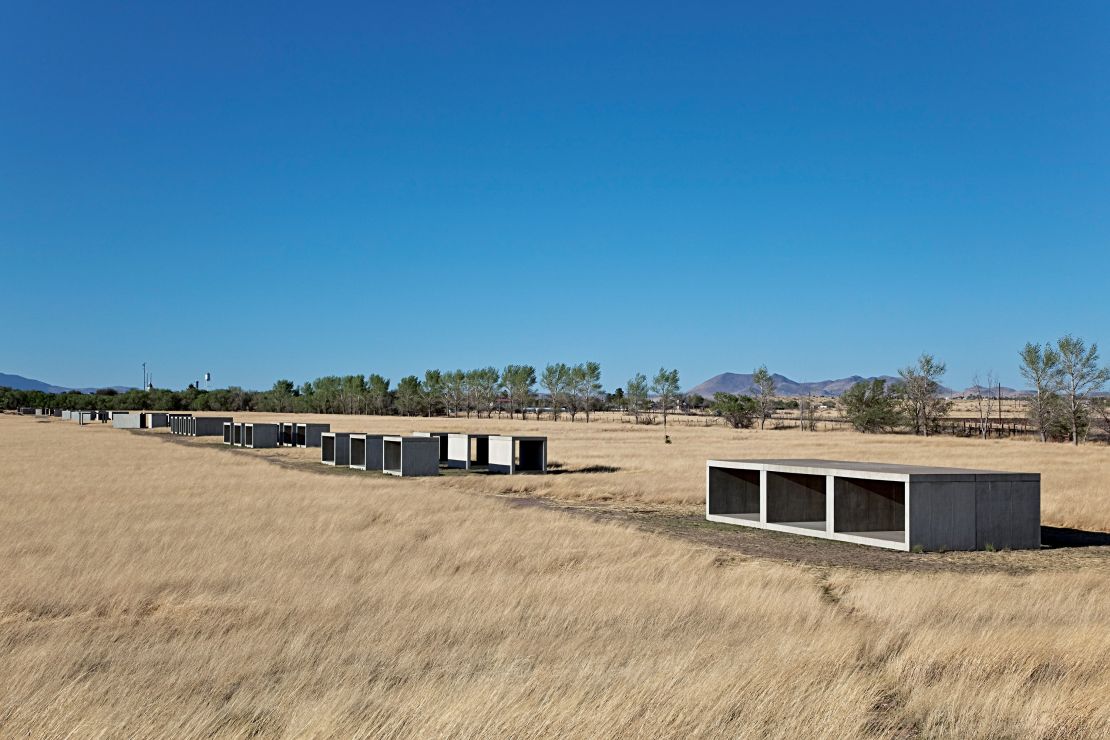
The usual sites
Minimalist artist Donald Judd put Marfa on the art map in the 70s with his installation of aluminum boxes inside buildings at the former Fort D.A. Russell military post. Now called the Chinati Foundation, the buildings include work by 11 other artists, including Dan Flavin and Claes Oldenburg.
Make a reservation for a tour (the only way to see the collection) or stop and take a free look at Judd’s concrete boxes set within the landscape.
If the night is clear — and you’re lucky — you could see the mysterious Marfa Lights. Since the 19th century, people have reported seeing balls of light from an unknown source dance along the horizon. Give it a try at the official Marfa Lights Viewing Area, located 9 miles east of town on US 90.
The more unusual
Fewer travelers know about Building 98, which was the officers’ club for Fort D.A. Russell. The treasure inside is murals illustrating southwestern culture and landscapes painted by German POWs during World War II. On the tour you’ll hear stories about the social dances held there and how General Patton would hold court, telling stories at the corner of the wooden bar. Opening hours vary, so call before you go.
With its vintage trailers, teepees and yurts, El Cosmico is a “bohemian hotel” and the place to stay for the adventurous, but there’s much more to it than that.
The annual Trans-Pecos Festival of Music and Love, which takes place in October, brings renowned bands such as Wilco to its 23 acres. At other times of the year, you might find the occasional yoga class or a camp cooking demonstration. You’ll always find a beautiful big sky.
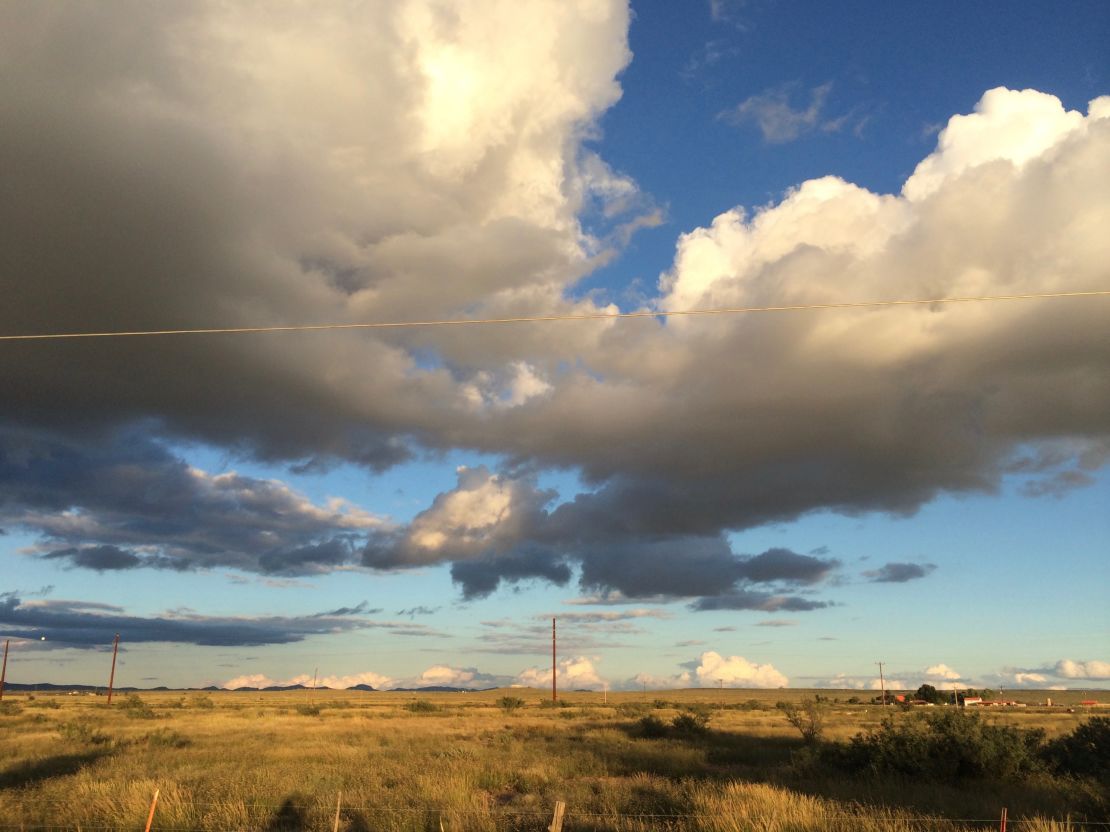
The official Marfa Lights Viewing Area is located 9 miles east of Marfa on US 90, towards Alpine
The Chinati Foundation, 1 Cavalry Row, Marfa, TX 79843 (432) 729-4362
Building 98, The International Women’s Foundation, Bonnie St, Marfa, TX 79843 (432) 386-3212
El Cosmico, 802 S. Highland Ave., Marfa, TX 79843 Inside Texas: (432) 729-1950; Outside Texas: (877) 822-1950
Fort Davis
Tiny Fort Davis, the highest town in Texas, packs in a fascinating mix of history, science and nature with The Fort Davis National Historic Site, McDonald Observatory, Chihuahuan Desert Nature Center and Davis Mountains State Park. It’s also a place where taking the long way really pays off.
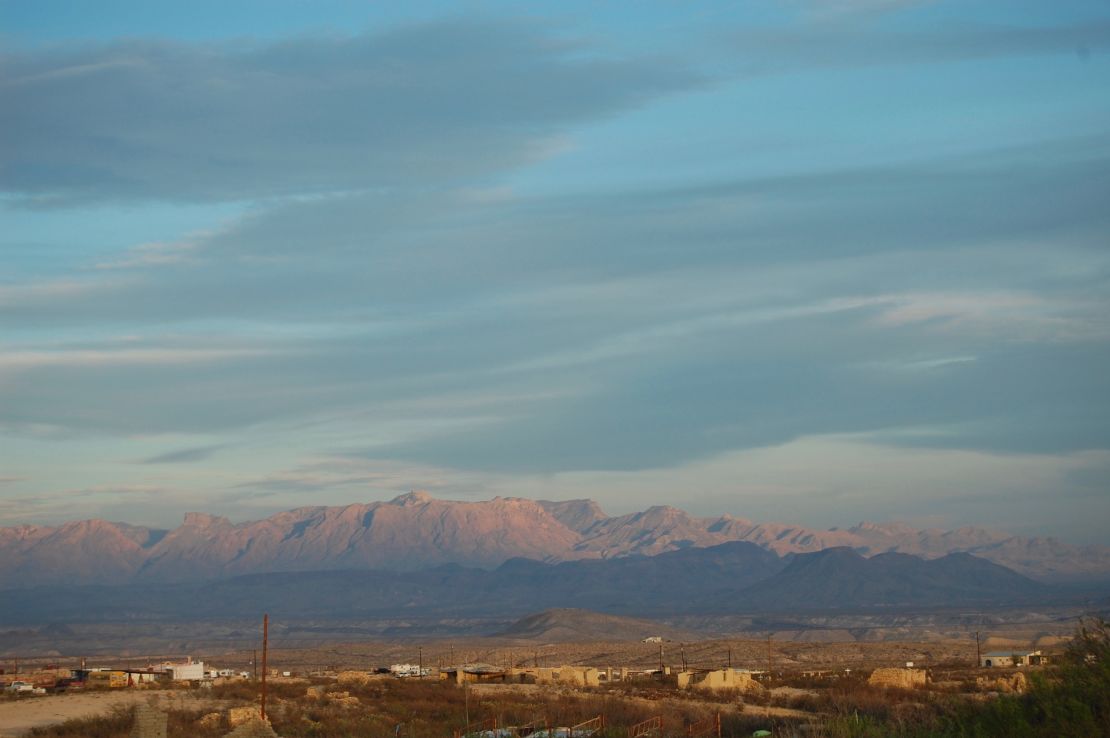
How to get there
From Marfa, take US 90 toward Valentine.
Just past Valentine, be sure to stop by Prada Marfa, an art installation meant to look like a Prada boutique. According to artist Michael Elmgreen, putting a shop in the desert was meant as a critique of the luxury goods industry. It’s now a must-stop photo opportunity. (Just ask Beyoncé.)
Now you’ll backtrack just a bit to pick up Ranch to Market road 505 toward Fort Davis. It’s a good place to take an iconic “the road goes on forever” photo, complete with the Davis Mountains as a backdrop.

(Do not attempt this when you see any other cars around. West Texans are used to driving long distances, and they drive them fast.)
If you’re really a road trip warrior, turn left at the intersection of RM 505 and Texas 166, and you’ll find yourself on the Davis Mountains Scenic Loop, which winds through the mountains until reaching Fort Davis. The full 75-mile scenic drive takes about two hours without stopping. If you want a break from driving, turn right toward Fort Davis for a shorter part of the loop.
The usual sites
The star attraction of the Fort Davis area is undoubtedly the McDonald Observatory, a true must-see. If you aren’t an astronomy fan, you’ll be one when you leave. Events include daytime solar viewings, educational twilight programs and night-time star parties, featuring a “tour” of the constellations and telescope viewings.
If the weather isn’t cooperating, there are exhibits and videos inside the visitors center. Be sure to make reservations and dress warmly, even in summer.
History comes alive at the Fort Davis National Historic Site, a US military post from 1854 to 1891 built to protect travelers on the El Paso-San Antonio road from warring Apaches and Comanches. Check the calendar for living history days, when cavalry, infantrymen and Buffalo Soldier reenactors give you a sense of life on the frontier. Kids might enjoy picking up a Jr. Ranger badge.
The more unusual
The unusual at Fort Davis often happens in the dark — if your timing is right. You might be there at the right time to take a tour by lantern at the Fort Davis National Historic Site. If you happen to hit town during a full moon, check to see if the Chihuahuan Desert Nature Center is offering a night hike. You’ll see the desert in a whole new way.
Chihuahuan Desert Nature Center, 43869 Texas 118, Fort Davis, TX 79734 (432) 364-2499
Fort Davis National Historic Site, 101 Lt. Flipper Drive, Fort Davis, TX 79734 (432) 426-3224
McDonald Observatory, 3640 Dark Sky Drive, McDonald Observatory, TX 79734 (432) 426-3640
Davis Mountains State Park, Park Road 3, Fort Davis, TX 79734 (432) 426-3337
The River Road to Terlingua and Big Bend National Park
How to get there
This is the time to ignore your map app if it gives you the quickest route from the Alpine area — likely down US 385 from Marathon, although it’s a pretty drive. Another option is Texas 118, also a pretty drive itself from Alpine nearly straight to Terlingua.
But we’re taking the long way, so US 67 is the way to go. Not only is it a beautiful drive that winds through rocky hills, meandering up and down like a gentle rollercoaster, it gives you the most time on the River Road (Farm to Market 170), known as the most scenic drive in Texas.

When US 67 ends in Presidio, head east on FM 170, which will take you to Terlingua after a stunningly beautiful drive along the Rio Grande.
The usual sites
You can’t really call the River Road “the usual” because the views are anything but.
The road snakes alongside the Rio Grande, which forms the border between the United States and Mexico. Cutting through the southern edge of rugged Big Bend Ranch State Park, the River Road, or El Camino del Rio, is framed on both sides by mountains, cliffs, canyons and otherworldly rock formations.
There are scenic vistas all along the River Road, so take advantage of the pull-outs. It’s at the top of “Big Hill” that you get a stunning view of the Rio Grande. (Trust us. You’ll know Big Hill when you see it.) The steepest inclines in Texas will have you using second gear. Don’t forget to get food, water and gas before you go.
The more unusual
Closed Canyon doesn’t get as many visitors as it deserves. This narrow slot canyon on the edge of Big Bend Ranch State Park offers a nice, if perhaps a little claustrophobic, walk.
High walls of rock rise on both sides as the trail gets narrower closer to the drop off to the Rio Grande. That’s when you turn around unless you’re an experienced rock climber with gear. It’s also a great place for kids to get out some energy.
Terlingua
Terlingua Ghost Town, near Big Bend National Park’s western edge, is as famous for its local cast of characters as it is for the annual Terlingua Chili Cookoff. Crumbling adobes from its time as a mining town and desert plants make for some great photos, too.
Just being in Terlingua is on the unusual side of travel experiences. The main activity is sitting on the porch at the Terlingua Trading Company and talking to locals, who are often unusual themselves. It’s a place to slow down and enjoy the mountain views, especially around sunset. Next door is the Starlight Theater, where “ties are prohibited” and you can enjoy some Texas music with your meal.
From there it’s a short drive to the western entrance of Big Bend National Park, where more adventures on the road await you.
“The Porch,” Terlingua Trading Company, 100 Ivey St., Terlingua, TX 79852 (432) 371-2234
The Starlight Theater, 631 Ivey Road, Terlingua, TX 79852 (432) 371-3400
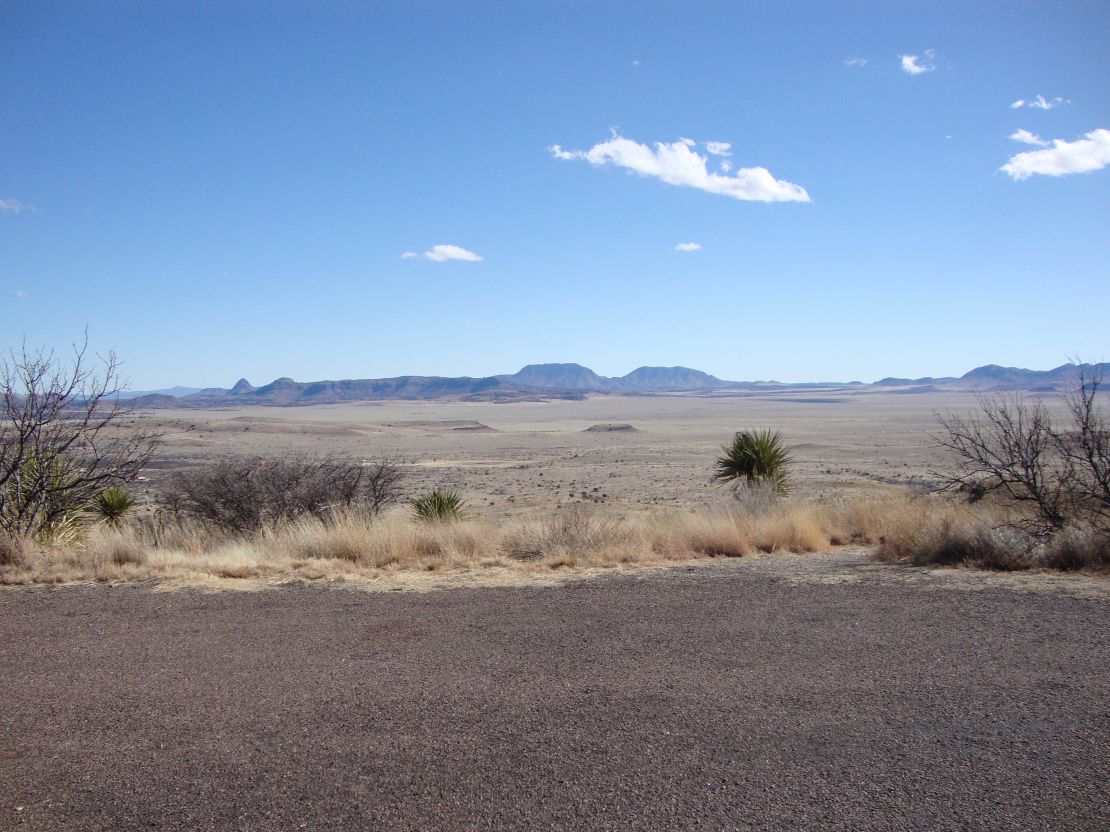
On this trip, you’ll find that driving in far West Texas means sometimes you have to “wait for it.” Sometimes the landscape will be nothing but flat, brown desert, scrub and a few rocks. Then you’ll reach a place where the rocks get bigger and turn into towers, where you’ll see clusters of desert plants blooming or maybe even watch a dark curtain of rain sweep across the land.
Most of all, just about everywhere you’ll see beautiful distant mountains around you. Yes, you’ll drive some lonely, flat roads and feel the shimmering heat in the summer. You’ll feel like you’re in the middle of nowhere, but you’ll find that nowhere is a great place to slow down and just be.
Lisa Wyatt Roe is a freelance writer and editor in Austin, Texas. Her writing has appeared in “Texas Parks & Wildlife Magazine” and in the book “Seduced by Sound: Austin; 100 Musicians on Why They Make Music,” which she also edited.










